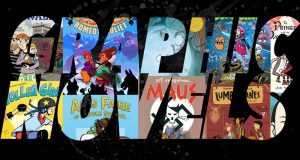
Now that I have established that I am going to do a podcast (Yikes,,,), I need a topic.
In my case, that is pretty easy. I have been a graphic novel fan since I was a kid in the 1970s and have been privileged to watch it grow up as a form. In the last 15-20 years, they have, much to my delight, begun to sneak into our classrooms and school library learning commons but I have seen a turn in the last few years that I have found disturbing as a lover of the form.
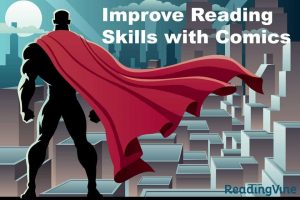
Most of the research I have found tends to reflect on graphic novels in a school setting as a way to encourage reluctant or struggling readers. I know that that isn’t the sole readership. There is plenty of data telling us all sorts of students like them and that they encourage other reading (Someone smarter than me talking about this: https://www.ted.com/talks/gene_luen_yang_comics_belong_in_the_classroom?language=en#t-558282) but teachers, at least in the literature tend this way (Gonzalez, J. (2016). Graphic Novels in the Classroom: A Teacher Roundtable, Knutsun, S. (n.d.). How Graphic Novels Help Students Develop Critical Skills and Reading Rockets. (n.d.). Graphic Novels for Kids: Classroom Ideas, Booklists, and More. are some good examples of this).
It has prompted a response in the industry and graphic novels aimed at middle school readers and more educationally “usable” graphic novels like ones based on history or biographies are being produced in massive numbers.
There is NOTHING wrong with this. They can be great tools for struggling readers (For example, Stan Sakai’s Usagi Yojimbo has never failed me in getting reluctant Grade 8-9 boys reading. https://www.usagiyojimbo.com/ and, of course, I love it, too!) and the publishing of middle school targeted graphic novels and biographies are keeping some amazing smaller companies alive (and the do a good job with these types of books as well)
Well, maybe there is one thing wrong with this… It reverses the trend graphic novel fans have been trying to reverse for the existence if the form – that of seeing the form primarily for children.
I have no interest in running down the kinds of graphic novels mentioned above. They are important and do an amazing job ushering in new readers and helping out others but I feel that this has meant a real lack of resources for teachers and teacher-librarians about graphic novels that are not a substitute for the “real” reading but a true form on their own.
My intent with my podcast is to frame this idea and then introduce five works that may be of interest to teachers or teacher-librarians. None of these works is aimed at a school aged audience (and some can problematic depending on your community). They have been produced for an adult literate audience and, therefore, their focuses are different and there is, generally, more of an emphasis on play and experimentation with the artform itself.
The works being:
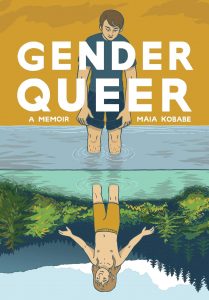
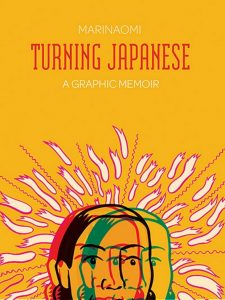
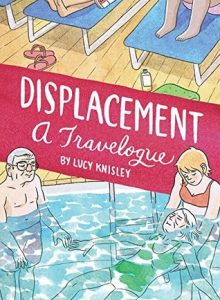

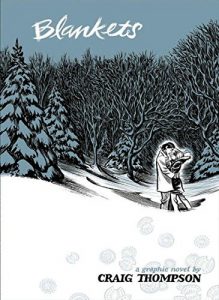
The genre of all the works is the same, autobiography, as the form lends itself well to the intimacy of telling your own story and it is a form well represented in all of the world’s great comic cultures (English, Japanese and French/European). It is also a genre in graphic novels that is more representative of gender and race. This to me made it seem like a good place to start.
I have decided against using some texts as they are already well-represented in school libraries and in general readerships. The ones I might have chosen but didn’t for this reason are: Maus, Fun Home and Persepolis. All three of these are brilliant and must reads if you are curious about the form. My thinking is that if you are a fan of the form, you have likely already run across them (If you are just curious about the form and have never heard of them – run out to your library or bookstore – they are all brilliant examples in their own way).
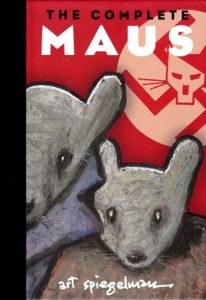
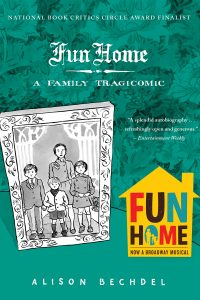
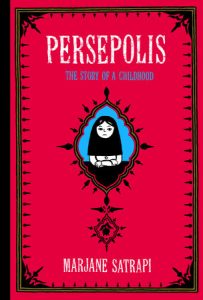
So that’s my pre-thinking about the direction of my final assignment. Time to record!
References
Bechdel, A. (). Fun Home. (2007). Mariner Books.
Gonzalez, J. (2016). Graphic Novels in the Classroom: A Teacher Roundtable. Cult of Pedagogy website. https://www.cultofpedagogy.com/teaching-graphic-novels/
Knisley, L. (2015). Displacement: A Travelogue. Fantagraphics Books.
Knutsun, S. (n.d.). How Graphic Novels Help Students Develop Critical Skills. Resilient Educator website. https://resilienteducator.com/classroom-resources/graphic-novels-visual-literacy/
Kobaba, M. (2019). Gender Queer. Lion Forge.
Marinaomi. (2016). Turning Japanese. 2dcloud.
Mizuki, S. (2011). Onward Towards Our Noble Deaths. Drawn & Quarterly.
Reading Rockets. (n.d.). Graphic Novels for Kids: Classroom Ideas, Booklists, and More. Reading Rockets website. https://www.readingrockets.org/article/graphic-novels-kids-classroom-ideas-booklists-and-more
Satrapi, M. (2004). Persepolis. Random House.
Spiegelman, A. (1996). The Complete Maus. Pantheon Books.
Thompson, C. (2003). Blankets. Top Shelf Productions.
Yang, G. L. (2016). Comics Belong in the Classroom. TED Talks.
